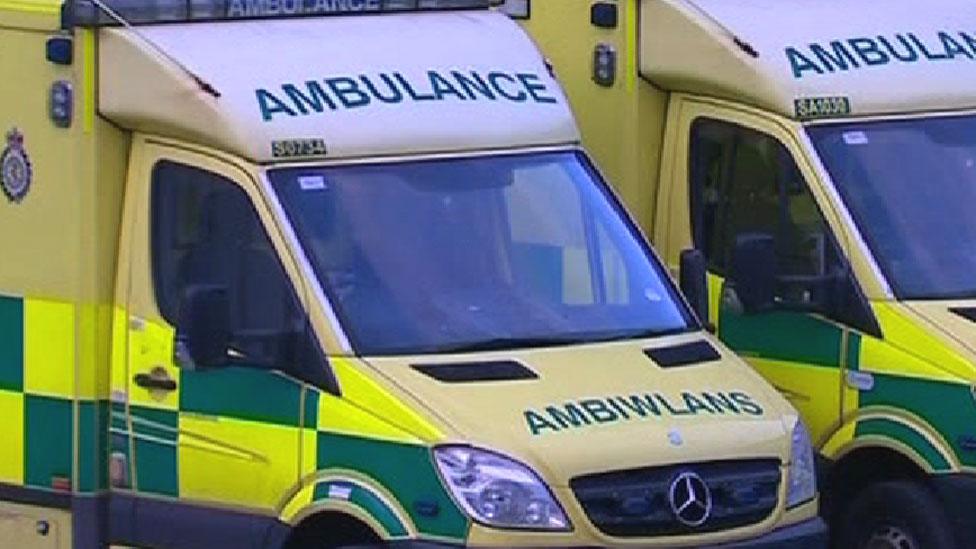Ambulance to A&E transfer delays: 'Incentives' considered
- Published
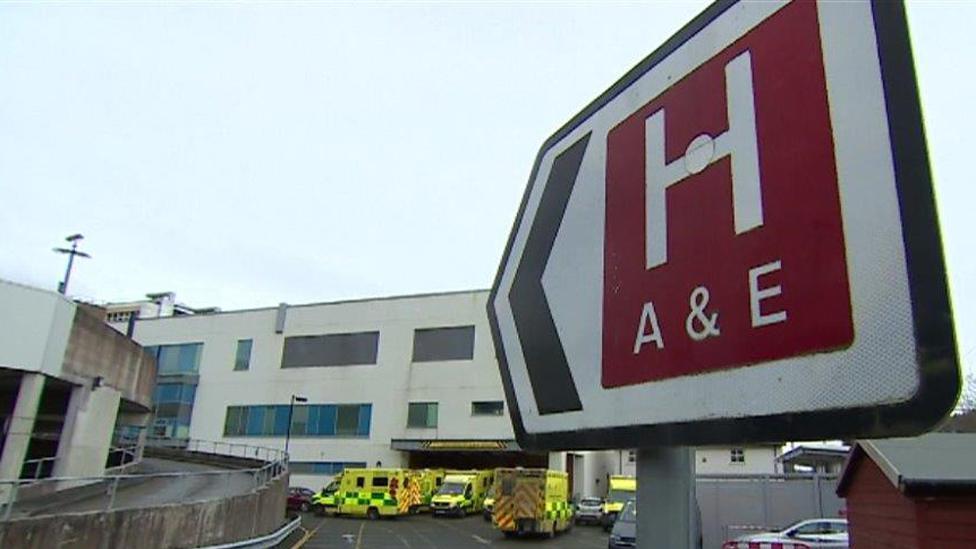
There were queues of ambulances outside Bronglais Hospital in Aberystwyth last week
Health boards could face fines for failing to tackle issues around the amount of time it takes ambulances to hand over patients to A&E departments.
Health Minister Vaughan Gething is setting up a taskforce after a review of amber response times, external.
He said he was "increasingly concerned" and would not rule out fines among a "range of options" to improve things.
There were 79,150 wasted hours - the equivalent of nine years - last year for crews waiting outside A&E.
The bulk of 999 calls are ranked as amber and ambulances have been taking longer to reach these patients.
There is a 15 minute quality target for how long ambulances should be waiting outside hospitals. Anything beyond this counts as a handover delay.
The number of patients delayed in this way in November 2019 was 513 - the highest number since March 2016.
Mr Gething said in a written statement to assembly members: "As an immediate step, I have asked officials to develop proposals for a system of incentives to achieve desired improvements.
"I expect to take a decision within the next couple of weeks to enable the new system to be introduced in time to impact on performance this winter.
"This will be one element of a broader approach to incentives that will in due course focus on other parts of the urgent and emergency care system to drive improved performance."
He told BBC Wales he had an open mind about a potential sanction and would not rule out fines among a "range of options".
How is the ambulance service performing?
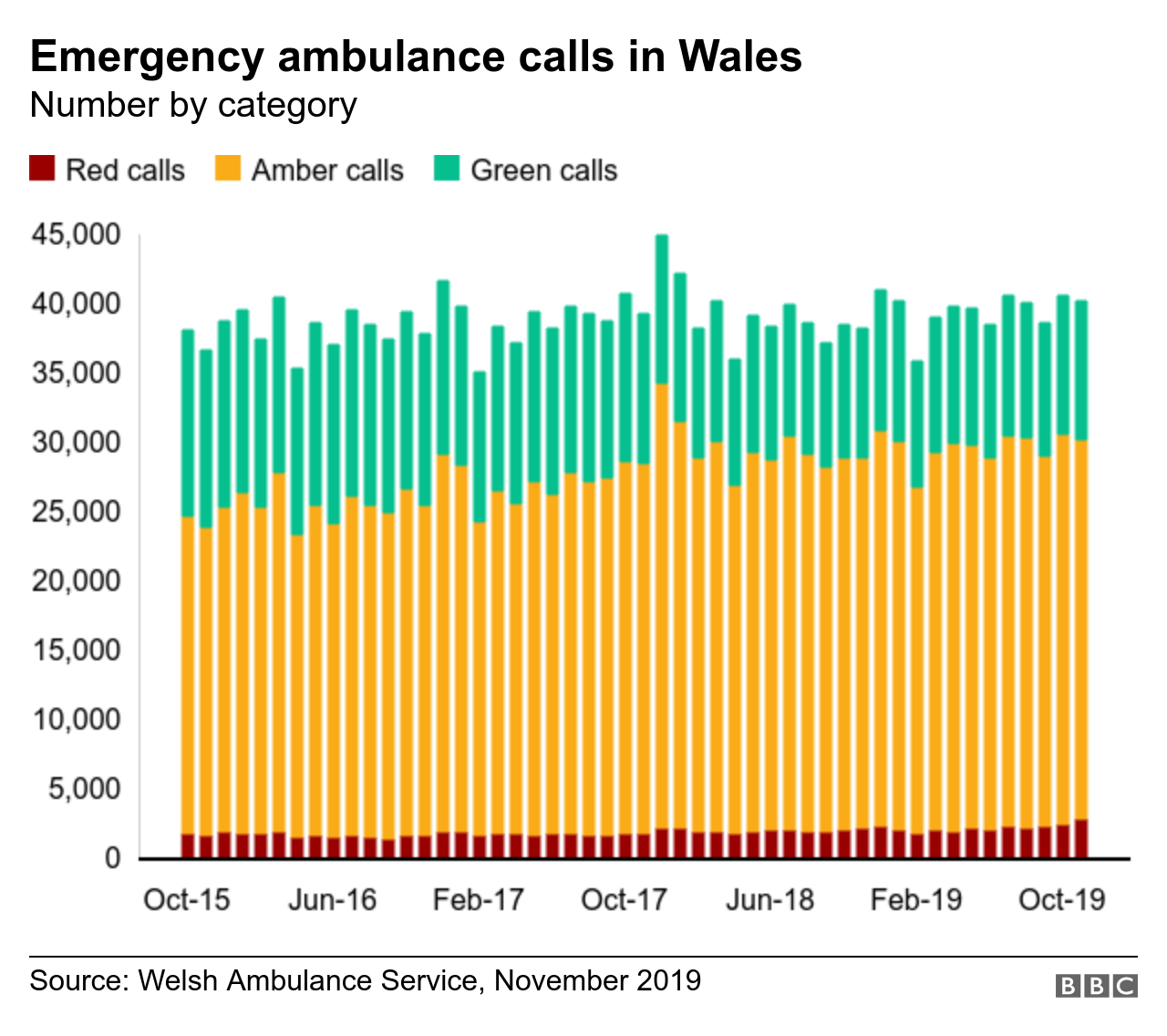
Freeing up ambulances as fast as possible is seen as vital when it is set against a background of the rise in the number of emergency calls - about 40,000 a month.
Last month, ministers said it was "disappointing" to see the target for red ambulance calls missed for the first time. In November, 61.4% of ambulances arrived at life-critical calls within eight minutes; the target is 65%.
But the Welsh Government said the average response in this category remained at six minutes and 39 seconds and 73% of patients received a response within 10 minutes.
About 70% of emergency calls are amber, these can include people with chest pains or strokes.
According to the latest set of figures, 43.3% were responded to within 30 minutes. But the median (middle of the range) response time for amber calls has been steadily rising and is now more than 30 minutes.
Mr Gething believes ambulance availability is "the single main determinant for the timeliness of amber response".
He also highlighted the demands the ambulance service faced during the Christmas and new year period:
It experienced a 23% increase in the number of immediately life-threatening or red calls when compared with the same period last winter
There was also an 8.4% increase in amber calls over the same period
The service received more than 100 red calls per day on eight out of these 17 days, peaking at 119 calls on 20 December
Emergency departments saw the highest number of attendances over a festive period, with considerable spikes of activity causing extreme pressure on certain days.
Jason Killens, chief executive of the Welsh Ambulance Service, said he would welcome any action which was "proportionate and necessary".
He added: "Less serious patients have been waiting longer than we'd want. We'd welcome any action and incentives put into the system, to encourage us to hand over patients more quickly."
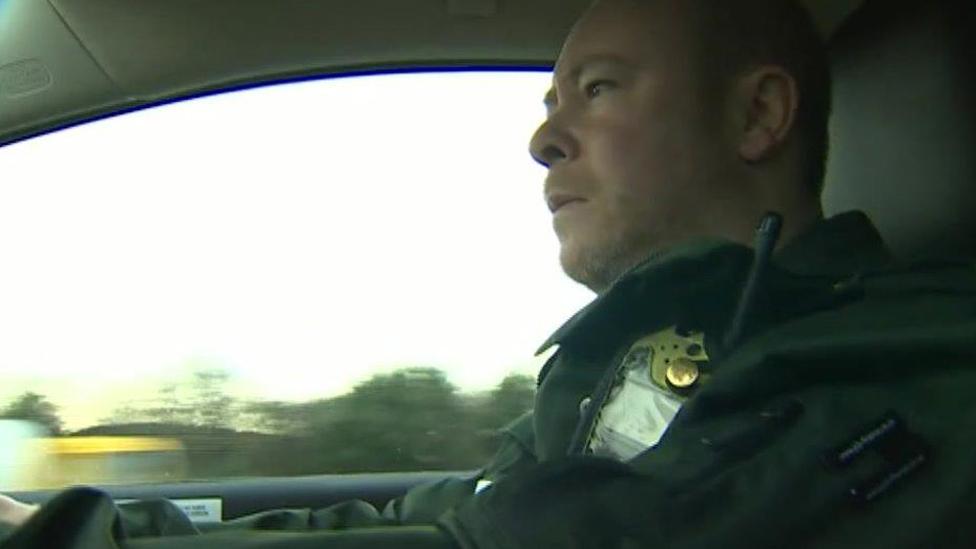
Wayne Davies says there has been a "significant increase in demand"
'The pressure's on every day'
Wayne Davies has been a paramedic in north east Wales since 2004. He also has a senior role which helps decide which ambulances to free up at hospitals.
His rapid response vehicle deals with red emergency calls as well as amber calls. He can assess patients and decide whether they need help at the scene or should be taken to hospital.
"The pressure's on every day, seven days a week. It can vary quite dramatically," he said.
"It can be very frustrating - having seven vehicles outside emergency departments and unable to offload means we can't get to patients [back] in the community as quickly as we'd like to."
Using a GP in the emergency contact centre means they can help deal with calls on the phone.
One amber call we saw was Hayley, who had passed out unconscious at home in Prestatyn after an asthma attack. She had already been in hospital at the weekend and was on antibiotics and steroids.
The contact centre GP assessed her over the phone before Wayne was sent to check on her. He then arranged an emergency appointment with her own GP - as she faced a wait in the surgery.

Wayne checks out Hayley
"The doctor [on the phone] was very good, very thorough," said Hayley.
"They told me they were going to send the paramedics - it wasn't worth them sending the ambulance and me having to wait in A&E for such a long time. I feel like I've had very good care today.
"We could see the pressure in A&E the other day. There were no beds - I was talking to lady with a chest infection who'd been there since 7am and she got a bed about 11:30 on the Saturday night."
Wayne said: "At this time of year, there's lots of cold and flu and the cold weather has an effect - on the elderly, the young and people with chronic illnesses.
"There's been a significant increase in demand across the board, extending from winter pressures, population becomes elderly, plus new builds and a transient population coming into the area."
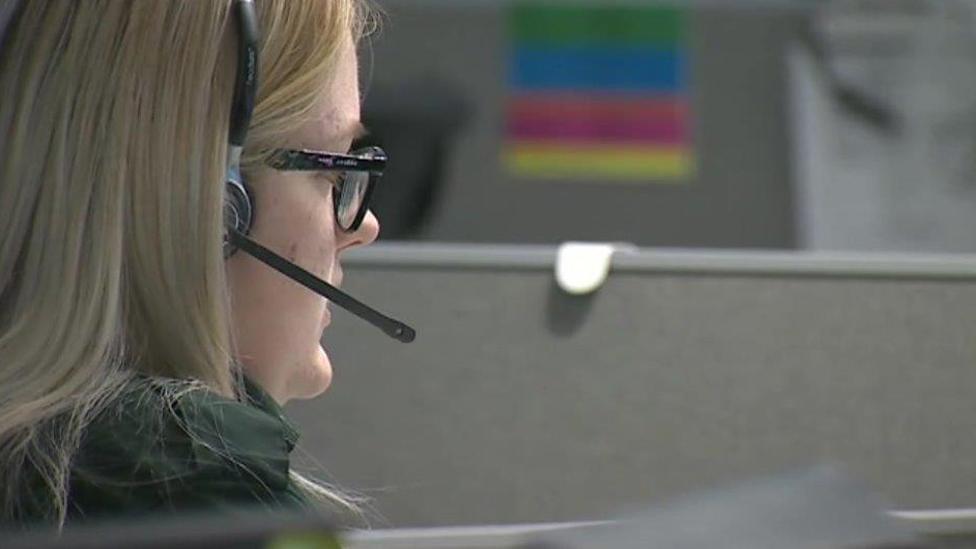
A 'very, very busy winter' so far for emergency calls
'The highest I've seen is 26 calls waiting'
Gill Pleming, a manager at the emergency call centre in Llanfairfechan, Conwy county, has been with the ambulance service for 35 years and worked as both a paramedic and call handler.
"Demand is unprecedented, I would say, to what it was back then, when people tended to go to their local GP with ailments," she said.
"When I was taking calls we might take 20 in a shift. Now we're taking 80 or 90."
Call handler Cerys Owen added: "The highest I've seen is 26 calls waiting, that's across Wales."
They have noticed a spike in red calls - this can mean patients waiting longer for amber or green category calls.
Gill said there could be frustration for everyone at the stack of calls waiting to be dealt with - but everyone calling 999 would be able to speak to a nurse or clinician.
"We will ring them back after a time to tell them we still have their call and we haven't forgotten about them," she said.
"We also have to manage expectations - and will tell them if we might not get to them for an hour or two, whatever the timeframe is."
- Published19 December 2019
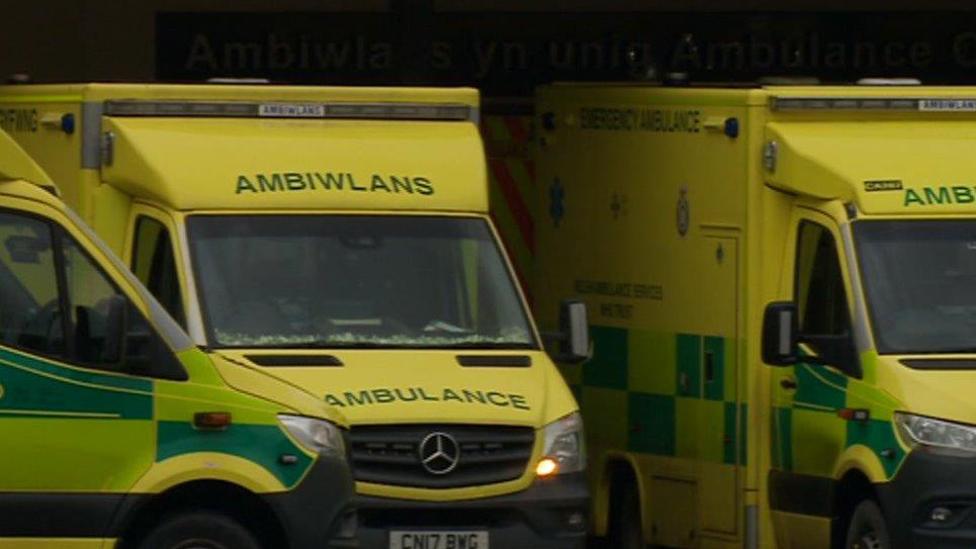
- Published9 January 2020

- Published11 January 2020
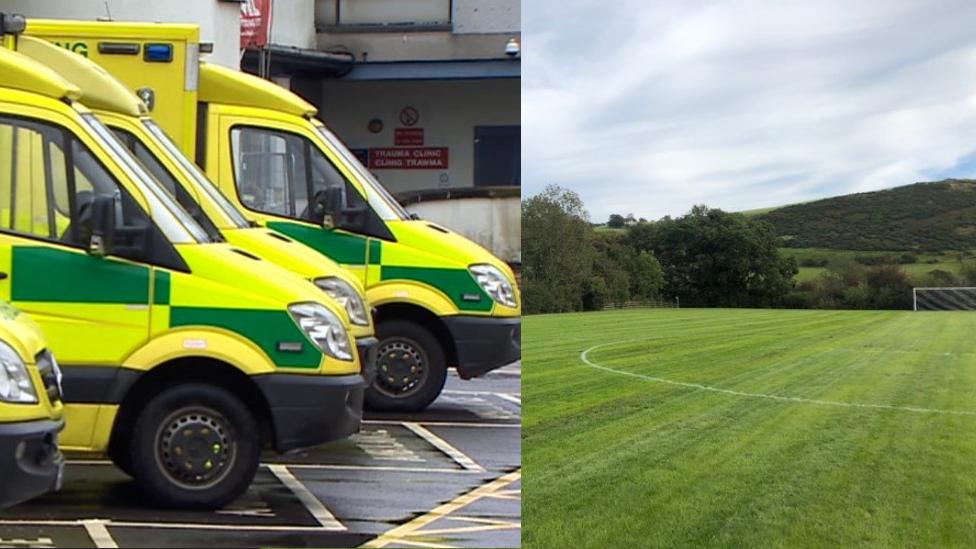
- Published10 January 2020
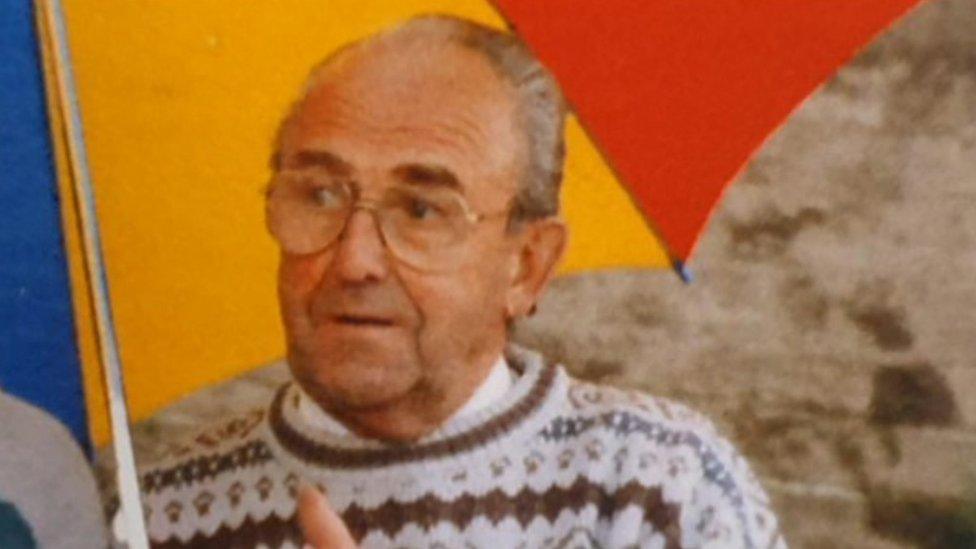
- Published3 January 2020
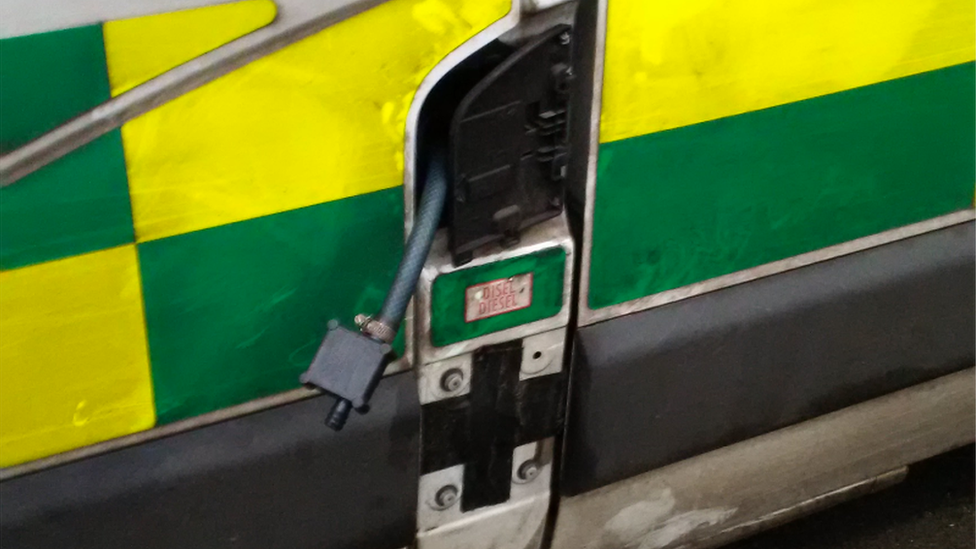
- Published6 November 2018
